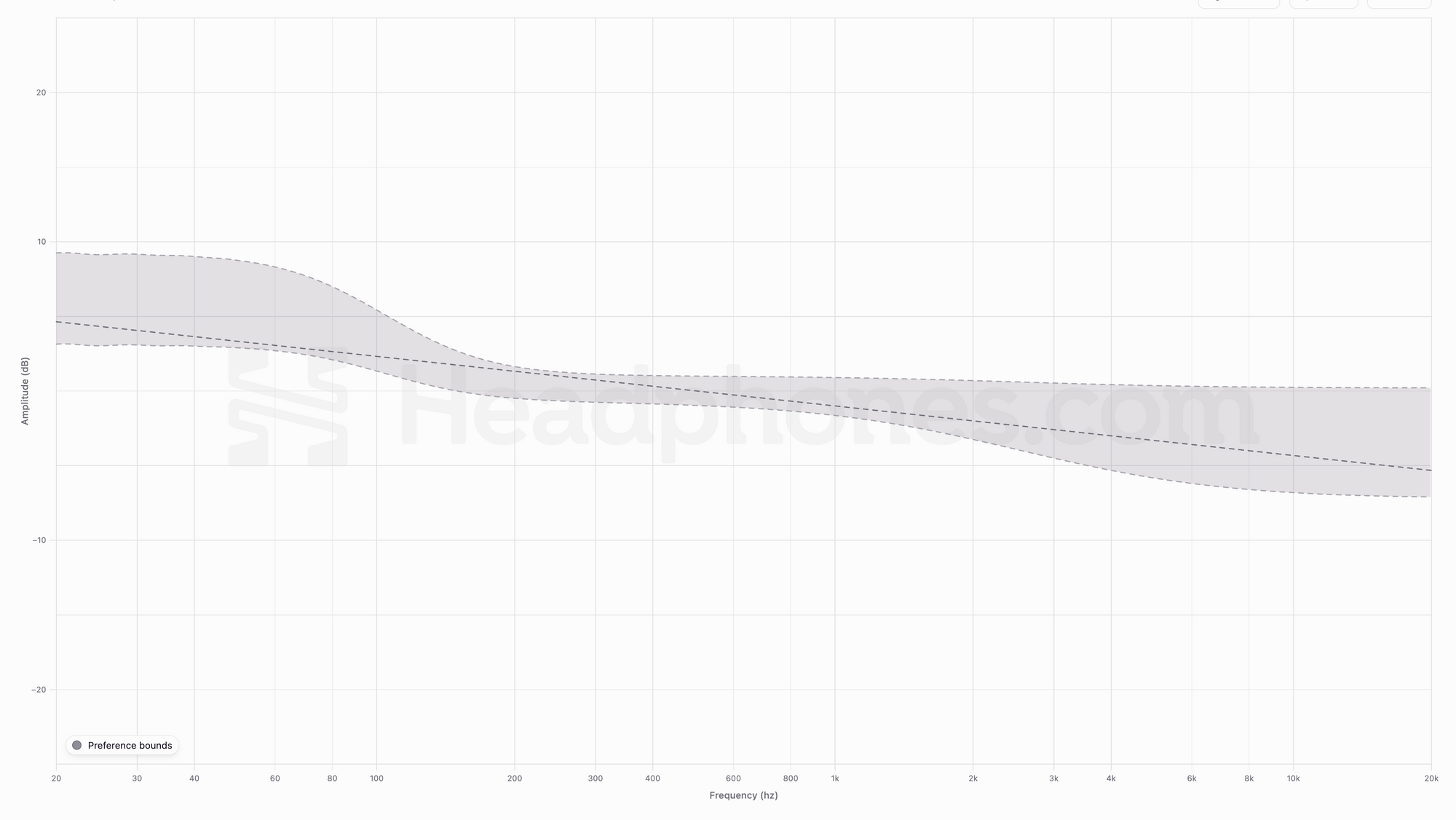Measuring Headphones
Measuring Headphones Using a Head Microphone
The most important thing in a good headphone measurement is to use a proper head microphone. We use a variety of heads—the Brüel and Kjaer Type 4128 and 5128, as well as the GRAS 43AG-7—to perform headphone measurements in compliance with industry standards.
The ears is designed to have the same shape, as well as the same compression and acoustic absorption characteristics as human skin ears do. For the 5128 in particular, the ear canal is also modeled to represent an average human.
At the bottom of each ear canal is a calibrated instrumentation microphone—for the 4128 and GRAS rig they are IEC 60318-4 (also called "711") occluded ear simulators, whereas the "eardrum" for the 5128 is specific to that ear simulation apparatus, designated Type 4620.
When we place a pair of headphones on these head, the overall acoustic coupling to the microphones is as it would be on the "average" human. The acoustic response of each head is either available from the companies that make them, or in certain cases we have measured and calculated them ourselves. We use these curves to subtract from our measurements to get our reference for how "flat" speakers in a psychoacoustic condition similar to headphones would sound with these heads, so we can subtract this measurement from the overall headphone measurement to solely get "the response of the headphone". This is called Diffuse Field compensation, and you can learn more about this process here.
After Diffuse Field compensation, we place the headphone measurements against our preference bounds, derived from Harman's research into over-ear headphones and speakers, shown below.
These bounds give us a rough guideline for the bounds of preference we know to exist across listeners, though they should not be taken as a hard rule for determining sound quality. Something falling inside these bounds does not necessarily make them good, and something falling outside these bounds does not necessarily make them bad. We are currently in the process of refining these bounds to bolster their predictive power re: consumer preference for headphones, so stay tuned for any changes, which will show up here.